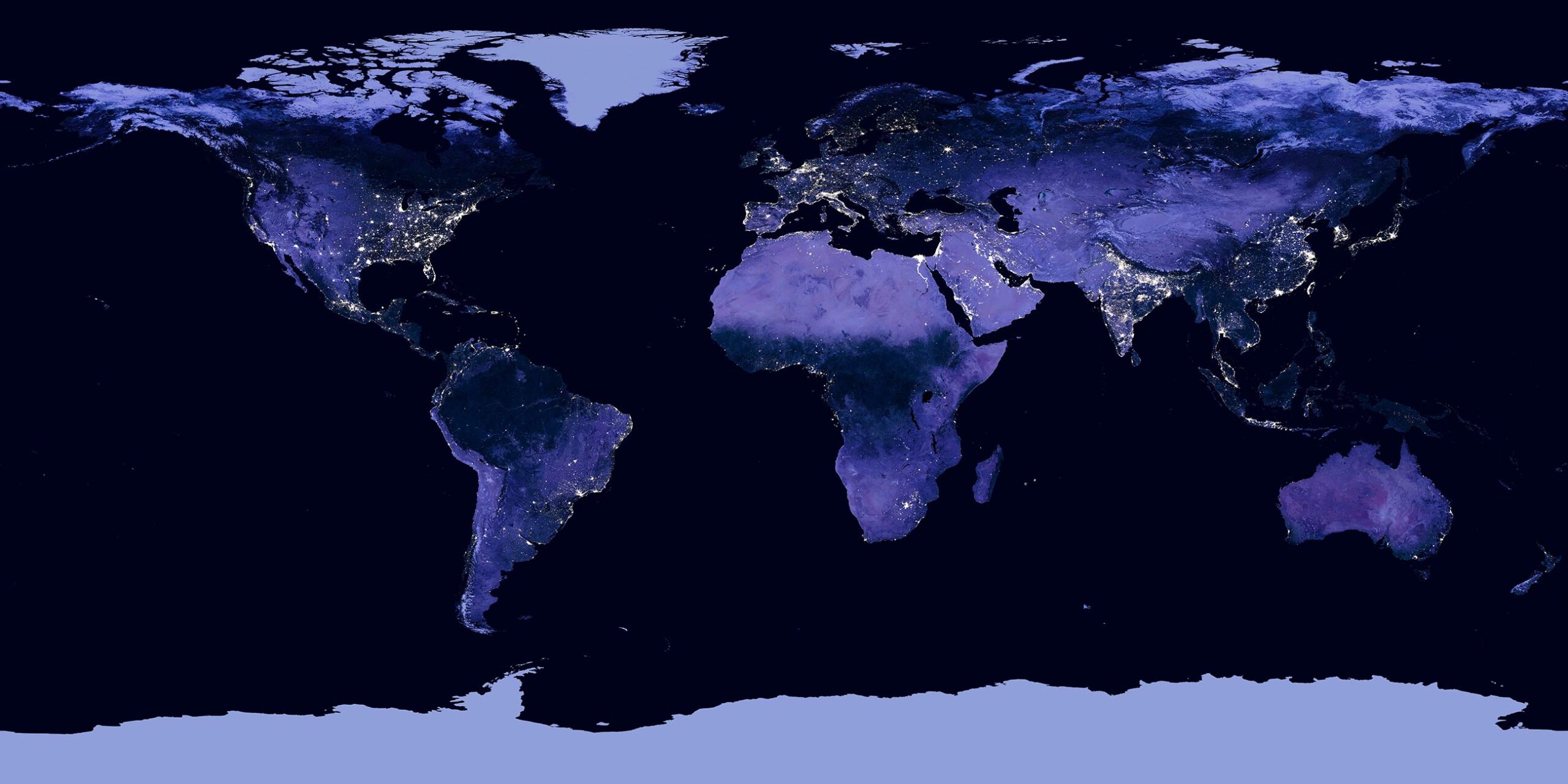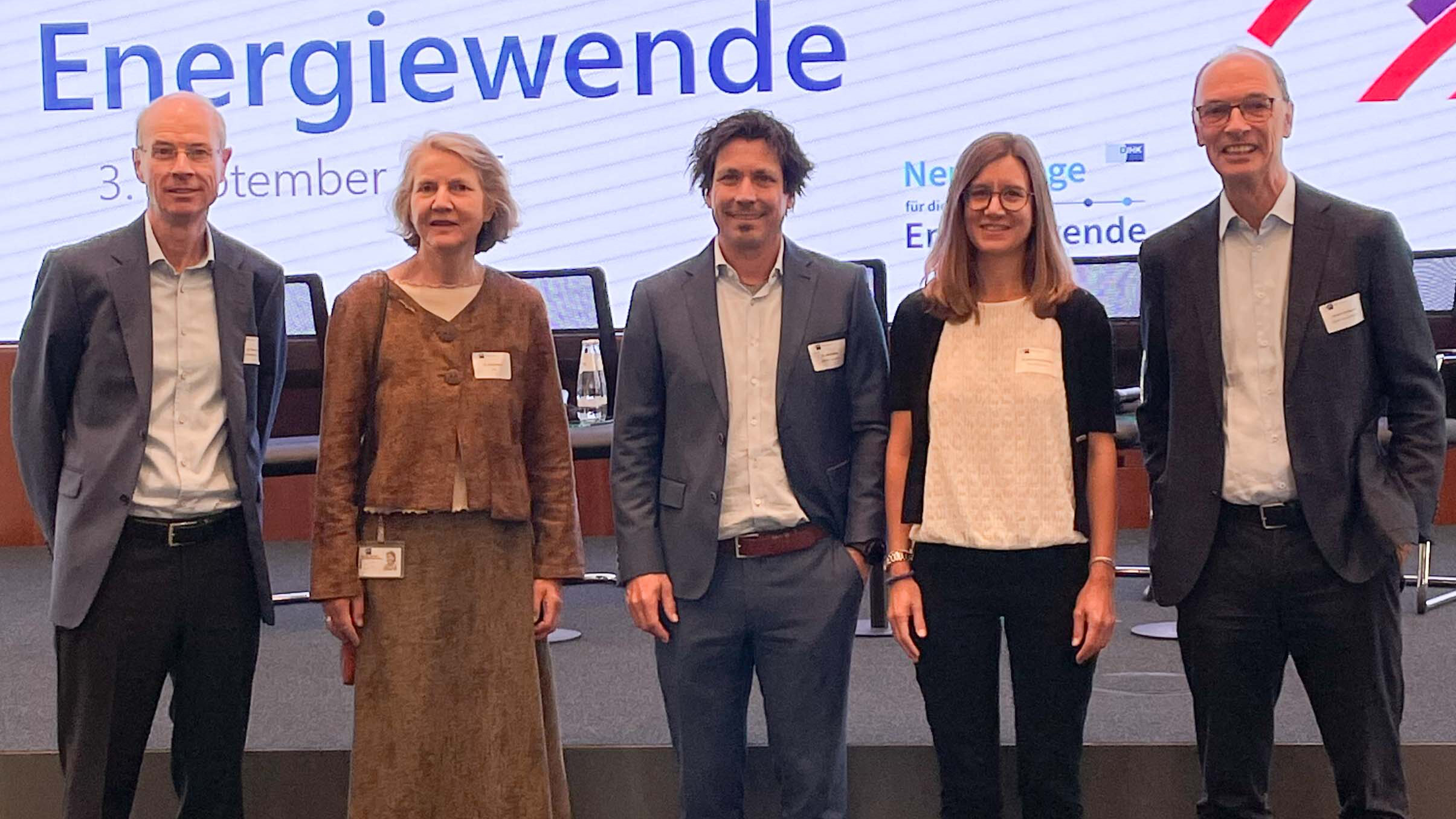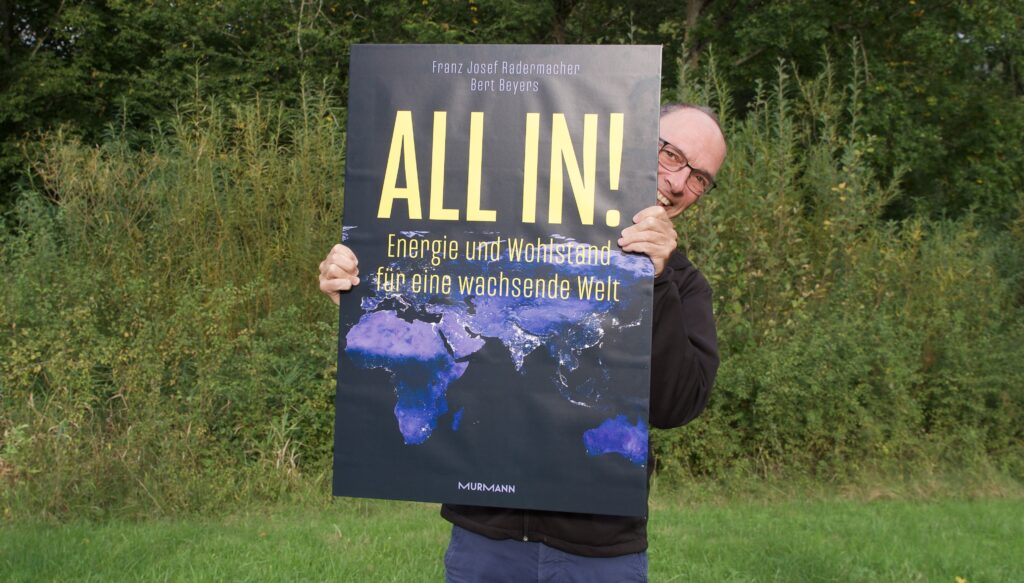At this point, some news of the last few weeks will be addressed which, from GES’ point of view, are reason for hope because they contain building blocks of a possible global solution and / or could help to develop a realistic view of the challenges ahead of us.
At the meeting of the G7 ministers, a step-by-step plan for carbon-free cement and steel production was also adopted. The IEA names threshold values for steel production of 50 to 400 kilogrammes of CO2 per tonne and for cement of 40 to 125 kilogrammes. There is also talk of CCUS.
The European Commission continues to look for alliances for the import of liquefied natural gas (LNG). Agreements are planned with Egypt, Israel, Nigeria, Senegal and Angola. The European Repower EU programme aims to reduce the current problematic dependence on Russian energy imports. In Canada, too, there are efforts to push LNG exports. Chancellor Olaf Scholz‘s trip to Senegal also fits in with this. New production facilities are currently being built in the coastal region, which borders on the neighbouring state of Mauritania.
Wintershall Dea wants to produce blue hydrogen in Wilhelmshaven as part of the BlueHyNow project. Gas from Norway will be used for this. The CO2 produced during H2 production is to be brought to the North Sea via existing natural gas pipelines and injected underground. The project is to supply 5.6 terawatt hours of energy per year.
According to the International Energy Agency (IEA), the war in Ukraine will lead to an accelerated expansion of renewable energies. Photovoltaics will provide the largest share with an additional 190 gigawatts.
The port of Hafen von Rotterdam wants to provide large quantities of hydrogen, both imported and locally produced, by 2030. There is talk of 4.6 million tonnes of hydrogen. There are also plans for a large electrolysis plant on site, powered by electricity from North Sea wind farms.
The Aqua Ventus initiative wants to build twelve wind farms in the North Sea, each with a capacity of 1 GW. This will power 20 offshore electrolysis platforms. Up to 1 million tonnes of green hydrogen are to be brought ashore annually via pipeline. The initiative speaks of system costs per kilogram of hydrogen of 2.7 euros.
The German Ministry of Economics (BMWK) is apparently planning a strategy for Carbon Capture Utilisation and Storage (CCUS). “We cannot avoid developing a carbon management strategy,” said Bernhard Kluttig of the BMWK, according to Tagesspiegel Background (2022-05-19). So far, a holistic CCUS strategy is lacking, whereas a German hydrogen strategy has existed for a long time. GES also believes that CCUS technologies are indispensable building blocks of a global climate-neutral energy system. “Africans need more than light at home,” says the Vice President of Nigeria, Yemi Osinbajo: “We want energy wealth to develop industries and jobs.” At the same time, Osinbajo criticises the hypocrisy of rich countries in climate policy. Because they wanted to dictate to Africa what energy policy should look like there. Osinbajo calls on the West to financially support the African energy transition.




